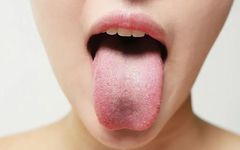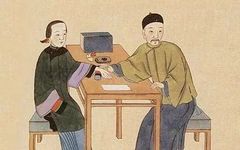Does a ‘Slippery Pulse’ Always Indicate Pregnancy?
Friends who have watched the TV drama “Empresses in the Palace” may remember a scene where the imperial physician concentrates and takes the pulse of the empress, then suddenly kneels and exclaims: “Congratulations, Your Majesty! The pulse is slippery, indicating a joyful sign.” At this point, everyone understands: the empress is pregnant. Therefore, when a … Read more










